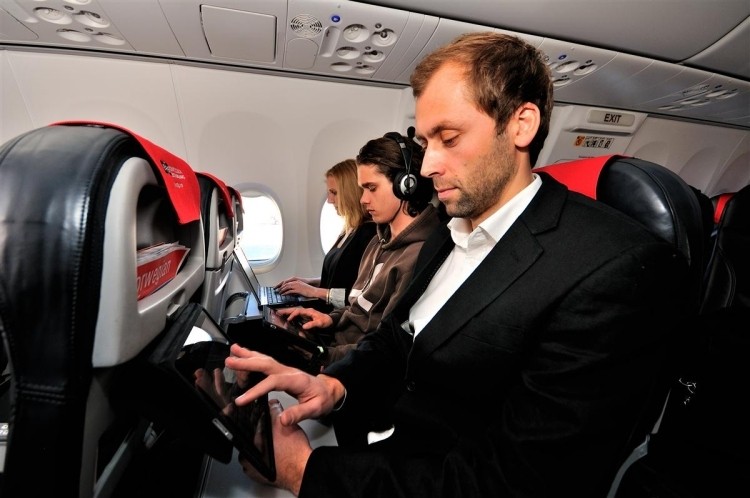Following a recent decision by the Federal Aviation Administration to allow the use of electronic devices during all phases of flight in the US, the European Commission announced yesterday that tablets, smartphones and e-readers could now be used during takeoff and landing in Europe.
Today, the EU is granting airline passengers even more freedom as airlines now have permission to deploy 3G and LTE networks on their aircraft. Up to this point, select airlines have provided passengers with 2G networks suitable for calls and texts. Such networks, however, are far too slow for any practical web browsing.
Although 3G and LTE networks afford far more bandwidth than 2G networks, European airline customers shouldn't expect to realize their full potential while flying the friendly skies. That's because in-flight services rely on satellites to connect users to the Internet versus traditional ground-based communication methods.
Additionally, the EU highlights the fact that today's ruling doesn't automatically give passengers the right to use their phone on flights. That privilege will be left up to individual airlines to determine.
There are multiple companies working to develop technology to connect passengers directly with standard LTE networks, effectively bypassing the slower satellite connection. In addition to providing faster speeds, these networks could in theory help reduce the overall cost that users must pay to connect to in-flight cellular networks. Since you'd be connecting to a regular network, you'd be protected by the EU's roaming regulations.
